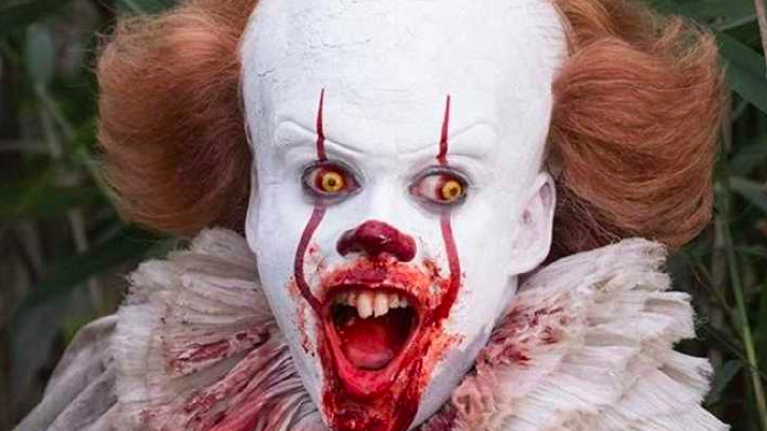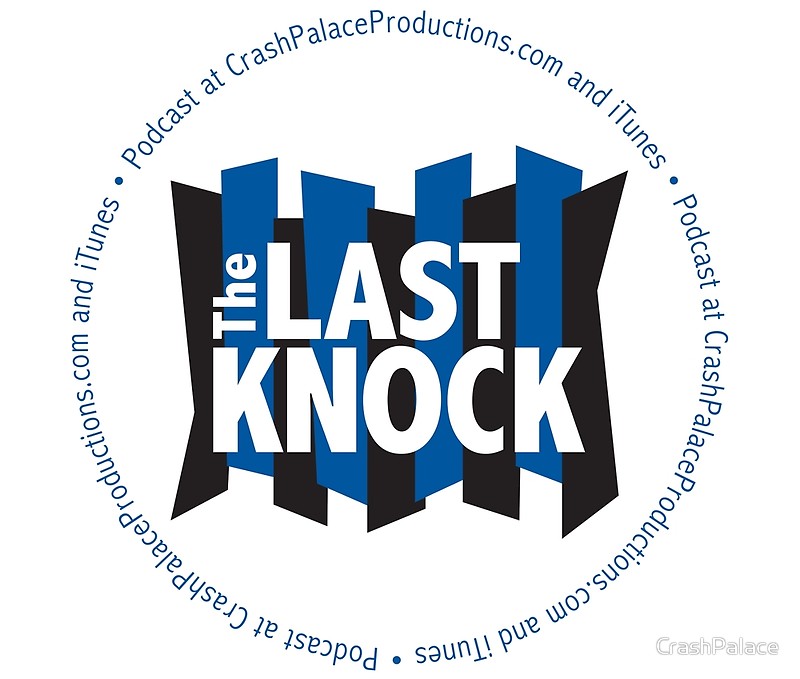
It Chapter Two: An Eerie Nostalgia
Over Labor Day weekend, I was cleaning and packing up the very last of my personal belongings at my former apartment. I loved the building, and the tenants were a friendly, wide-ranging mix of cultures and ages. With the surfaces polished and the contents of the fridge stuffed into an unwieldy Styrofoam cooler, the apartment reverted to the ghostly vacancy it possessed when I first moved in. There is an eeriness to the way the gradual removal of stuff increases the echo within a space. Eerier, still, is the nostalgia the space carries. The moving process is always stressful, but as it devolves into its contractual deadlines, a certain sentimentality settles in (for me, anyway).
It Chapter Two is about the events that lead to transition, and the way time can steamroll over memory. (To quote Irreversible: “Time destroys everything.”) In its best moments, the camaraderie between the grownup Losers Club – Beverly (Jessica Chastain); Bill (James McAvoy); Mike (Isaiah Mustafa); Richie (Bill Hader); Eddie (James Ransone); Ben (Jay Ryan); and Stan (Andy Bean) – has the palpably genuine feel of old friends gathering to “catch up on things.”
It wasn’t until a second viewing that my appreciation of It Chapter One blossomed. As a huge fan of King’s novel (one of the first of his I ever read), I was initially baffled at the changes made to the text – after all, the book wasn’t lacking in length. Pretentious to say, but like Shakespeare, King’s oeuvre– this epic novel especially – could be adapted to fit almost any era. I wound up seeing Chapter One four times before it left theaters, enjoying it more with each viewing.
Closer to the Text
By comparison,It Chapter Two sticks closer to the text (the original’s trio of writers have been whittled down to just Gary Dauberman), while merging events to condense the proceedings. Even at nearly three hours, the film seldom drags. Does it all work? No. But there are a few peripheral things I really admire.
The fact that a major studio would bankroll a 3-hour horror film is a staggering notion (some Apocalypse Now Redux shit, for real). The box-office receipts remain to be seen, but it’s stunning that It Chapter Two runs almost as long as the 1990 miniseries. It may be based off an existing work, but who cares? Those who say “horror is dead” should consider this a vote of confidence for the genre, and its potential to thrive in a theatrical setting.
And there’s something about these characters, conveyed with bullseye casting, that stirs my own nostalgia: what, exactly, happened to those days spent killing time, before summer vacations disappeared and the dull reality of Adult Responsibility sank its tick-like claws into us? There is an alchemy to the way King’s prose, Dauberman’s script, and Andy Muschietti’s direction translates this dichotomy to the screen.
A Seamless Assimilation
At its best, the cast provides a firm anchor to the proceedings, carrying the film over some questionable tonal shifts. I loved the performances, but the rapport escalates things to a uniquely dramatic level. More so than the Pennywise stuff, the seemingly banal image of, say, friends sharing a meal at a Chinese restaurant completely captivated me. In addition to the epic run time, the casting is a mix of the prestige (Chastain; McAvoy) and the lesser-known, but it’s also refreshing that the popular faces, instead of becoming a distraction, assimilate so wonderfully to the characters. There’s a seamlessness that complements the screenplay’s flashback structure with great success.
I wouldn’t be surprised if this is Hader’s Oscar moment (no shit) – the way he fluctuates between comedy, tragedy, and fear is particularly brilliant. And the top-billed Chastain, returning to the genre after Crimson Peak and Muschietti’s Mama, renders Beverly with the same potent combination of strength and vulnerability that Sophia Lillis brought to her younger version in Chapter One.
Apathy and Aftermath
It Chapter Two doesn’t flinch from the current climate in the United States: after all, the novel is predicated on the notion of a town influenced by an ancient evil, leading the citizenry to a “turn-the-other-way” apathy. So it’s apt that the film begins with the ghastly murder of a gay man by local greasers, which is referenced one more time, briefly, before the world moves on. This firmly establishes the “if you don’t like it (or we don’t like you),leave” mentality of people in close-minded, small-town hellholes.
And then there’s the seemingly superfluous plot threads following two children, both of which culminate in tragedy, but – again – are given no follow-up after the incidents occur. In many ways, this is Pennywise’s smirking vengeance against the grownup Losers, which underlines Bill’s feelings of guilt over failing his brother in Chapter One (something that synchronizes quite brilliantly in the last act of It Chapter Two).
Without giving too much away, I liked the “suffocation” visuals and the use of long-forgotten family members as the bait that leads the Losers (Bill, Beverly, and Eddie especially) into moments of danger. These sequences follow an organic, emotion-driven logic that would make much less sense if the themes and characterizations weren’t so solidly established. While the climactic action may be drawn out, I appreciated how it looked inward to the characters – for them to figure out a resolution, lest they be consumed by guilt and fear – instead of merely focusing on the literal details of the fight with Pennywise.
Questionable Touches
In an odd corollary, I was reminded of Guardians of the Galaxy 2 while watching It Chapter Two. In that sequel, the idiosyncrasies that made our ragtag heroes so endearing in the first film became shtick, and the loaded plot – crammed with new characters – was too busy to be truly enjoyable. Likewise, there are moments in It Chapter Two that keep it from being a transcendent experience: Muschietti’s handling of comic relief (Hader’s performance aside) comes off as misguided at times (the aftermath of a stabbing; the “hands on” invasiveness of a grotesque pharmacist; a non sequitur song cue during an otherwise horrific moment). But I’m torn, as the gallows humor that emerges from the character interaction is spot on, and therefore bleeds into the Losers’ distorted perception of the hometown they’d all but forgotten.
There are also nods and winks to Stephen King’s filmography overall (the pig’s-blood prank in Carrie; Nicholson’s door-busting moment in The Shining), to the point where the author himself appears in an extended cameo. I’m still grappling with these inclusions – while it seems fitting that the author (and offshoots of his extensive universe) would appear in one of the most high-profile adaptations of his work, extending it beyond a few seconds seems indulgent. But maybe at this juncture, he’s earned the indulgence.
That said, I found myself genuinely moved by the film’s final minutes. I’ve read the novel about twice a decade since I was a pre-teen, and each visit to King’s exhaustively detailed Derry leads to a richer understanding of its characters and their emotions (or lack thereof). Its worldview would be pessimistic if the Losers – and their all-too-human flaws – didn’t reflect our own fears and transgressions with such pointed accuracy. Despite the darkness, there is also much love in this tale of memory, reconciliation, and horror.
4 out of 5 stars
The Plot Sickens: Jonny Numb steps into The Twilight Zone and doesn’t like what he finds…
Crash Analysis Support Team
Jonny Numb

Jonny Numb (aka Jonathan Weidler) never learned how to swim, but can float just fine. He co-hosts The Last Knock podcast with Billy Crash, and can be found in the social-media sewers of Twitter and Letterboxd @JonnyNumb.
Get your Crash Palace and The Last Knock gear! 
THE LAST KNOCK horror podcast is a Crash Palace Productions’ featured show. Besides this site, you can find THE LAST KNOCK on iTunes with new shows posted every other Sunday at 9 PM ET.
Crash Palace Productions website design and creation from Brian Yount Digital Enterprises with banner and THE LAST KNOCK art from Palko Designs. Logo designs from Paul Belci.
(It Chapter Two image from Warner Brothers.)
